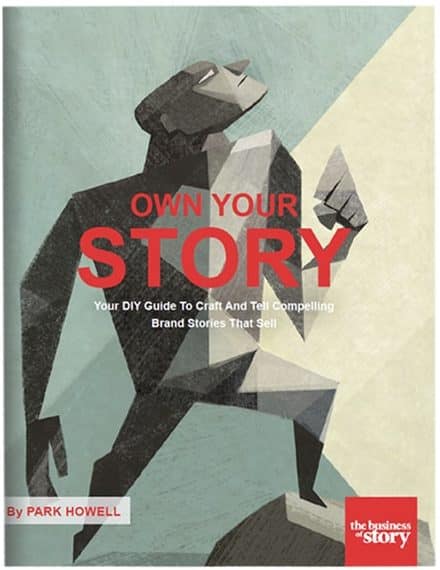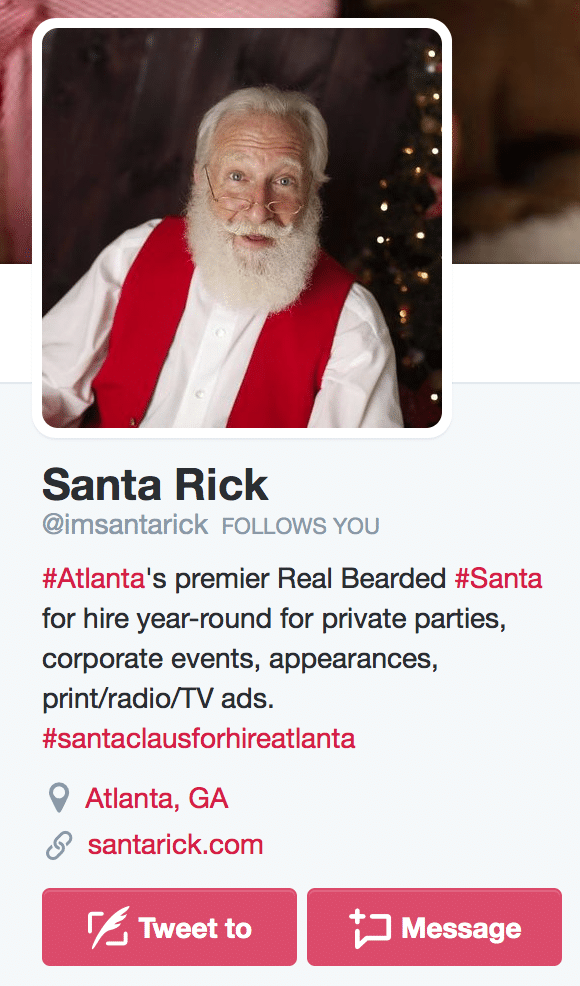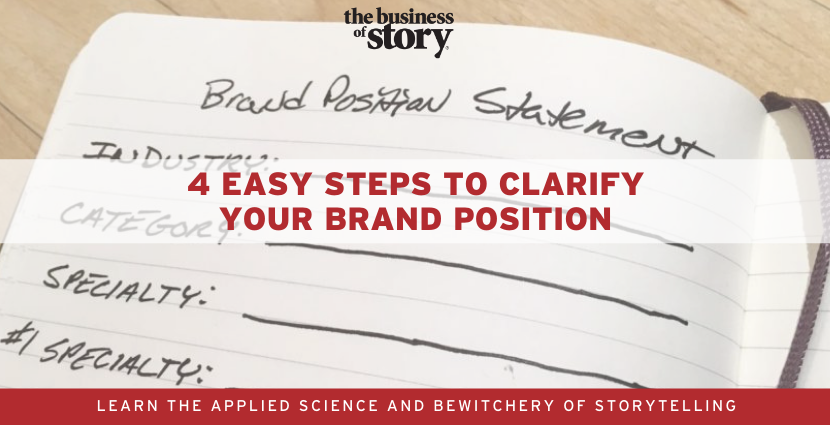Every epic brand story starts with a positioning statement that differentiates you from the masses
Leo Tolstoy, the famous Russian author, wrestled with the existential crisis of finding meaning in what he deemed a meaningless life. So how do you create meaning in what could be your meaningless brand?
How do you get your brand to rise above the noise of the Attention Economy beset with abundant competition and little differentiation? And how do you get your people to buy into your vision, pull in the same direction and live into a business story they can all prosper from?
Like all epic journeys, you begin with your backstory. And that starts by declaring your brand statement: what your brand does better than anyone else in terms of features and benefits. It’s important because if you look, sound and deliver like everyone else, then you’re a commodity. Your only point of differentiation is price.
Where’s the margin in that?
Who are you, really?
Positioning is what your brand stands for in the hearts and minds of your customers relative to your competition. Functionally, are you the biggest, fastest, strongest, smartest, most expensive, cheapest, highest quality, coolest, hippest, nerdiest in your industry? What makes your brand unique and why should anybody care?
Chapter 1 of the 10-step Story Cycle process guides you through a process that defines your brand statement. That’s why we call it Where in the World Have You Been? Start by answering these three questions:
- Where has your brand been?
- Where is your brand now?
- Where is your brand heading?
(NOTE: This is also a powerful process to understand your own leadership narrative as it is expressed through your brand story. Just ask yourself where you have been, where are you now and where are you going in relation to your personal and professional aspirations? Your answers might surprise you.)
Now, once you have pondered these first three existential questions (Tolstoy would be so proud), draft your brand position statement by following the simple 4-step process below. I’ve been using this method for 20 years and have found it easy and effective. It should only take you a few minutes, and you’ll be amazed at the clarity you’ll arrive at for your brand’s place in the market.
Create your brand position statement in 4 easy steps:
- What industry do you operate in? ____________________________
- What category do you service? ____________________________
- What is your specialty? ____________________________
- Declare your #1 specialty (what do you do better than anyone else?):
___________________________________________________________
___________________________________________________________
Here’s an example:
The Business of Story platform operates in the communications industry. That’s pretty broad. The communications industry covers everything from telecommunications to entertainment to the interweb to advertising and marketing and more. So we get more specific.
We service the industry category of advertising, marketing and sales.
Our specialty within this category is strategic brand storytelling. And our #1 specialty, what we do better than any of our competitors, is captured in our brand position statement:
The Business of Story is the #1 resource for professional services firms to achieve epic growth for their enterprise and people through the proven power of the Story Cycle.
We state our offering (Business of Story) platform, identify our #1 audience (professional services firms), define the benefit (epic growth for their enterprise and people) and declare our unique differentiator (through the proven power of the Story Cycle).
Your brand journey has just begun:
Once you have arrived at your position statement – what your brand does better than anyone else in terms of features and benefits – you have created the backstory for your brand story. The next 9 chapters of the Story Cycle elevate your brand from the functional dimensions of the backstory into higher levels of customer engagement and, dare I say, enlightenment.
After all, the whole point of getting your brand story straight is to lift your offering out of a commodity mindset and into one of a specialty good or service where you can command higher prices, deeper margins and greater customer loyalty.
Even if you do nothing else with the Story Cycle beyond chapter 1, at least you will have a new and more profound focus on what differentiates you and your brand in the marketplace. But it’d be a shame to stop here.
New Story Cycle guide for authoring your brand story
 You can now download your personal Story Cycle workbook to craft and tell your compelling brand story that sells.
You can now download your personal Story Cycle workbook to craft and tell your compelling brand story that sells.
You can also subscribe to our new YouTube videos series that quickly guides you through each of the 10 steps.
Plus, every Monday we release a new episode of the Business of Story podcast. The show connects you with story artists from around the world with tips and techniques on how to reignite within you the one true super power we all possess – storytelling – to help you nudge the world in any direction you choose.
If you’re looking for assistance with the process, I host live Blab sessions to answer your questions about this DIY process to help you get your brand story straight.
Also, another great resource is this podcast episode with legendary ad agency new business guru, Michael Gass, who explores the power of positioning for your professional services firm.
I bet you can write your brand position statement just from this post. Do it, and then send me your statement, or share it in the comments below, and I’ll give you my honest feedback.
Each week I will roll out a new chapter of the Story Cycle for you to use with on your brand. Subscribe to this blog or our newsletter for ongoing updates, and watch your story unfold.
 This just in…
This just in…
I was just on Twitter and had a brilliant brand position strategist follow me. I read his description and thought, “Man, this guy knows how to differentiate himself in a sea of Santa Clauses.”
Is your brand position as well defined and differentiated as @imsantarick?
Story on, my friend.












at 2:36 pm
[…] week we explored chapter one of the proven 10-ste Story Cycle process, your backstory, to create your brand position statement and set the stage for your brand […]
at 6:41 pm
[…] chapter 1, Where in the World Have You Been?, you explored the backstory of your brand a defined your position statement: what you do better than any of your competition relative to features and […]
at 12:53 pm
[…] that you have most the backstory – Step 1 of the proven Story Cycle we call, “Where in the World Have You Been?” –let’s complete it by claiming the […]
at 10:40 am
[…] Chapter 1 of the Story Cycle, you claimed your #1 position in the market: what you do better than anyone else. In Chapter 2, you identified your top three audiences and […]
at 10:38 am
[…] series on the Story Cycle brand story strategy process, you detailed your backstory and defined your position statement: the #1 position your brand holds in the marketplace. In chapter two, you identified your top three […]
at 12:06 pm
[…] Established your backstory by declaring your position statement […]
at 9:06 am
[…] your brand’s #1 position in the marketplace to clarify your essential differentiation from your […]
at 7:21 am
[…] your brand’s #1 position in the marketplace to clarify your essential differentiation from your […]
at 4:20 pm
[…] is a simple way to find your #1 position in the […]
at 9:05 am
I like how you said to create a brand position statement for your business. We are looking for ways to market our brand. Thanks for the tips on finding proper brand positioning.